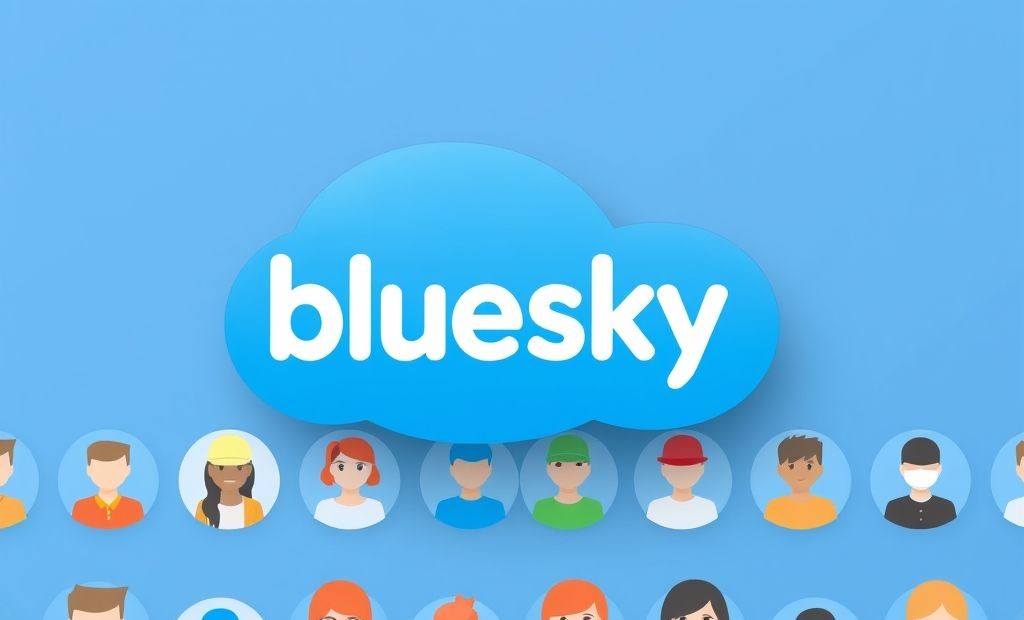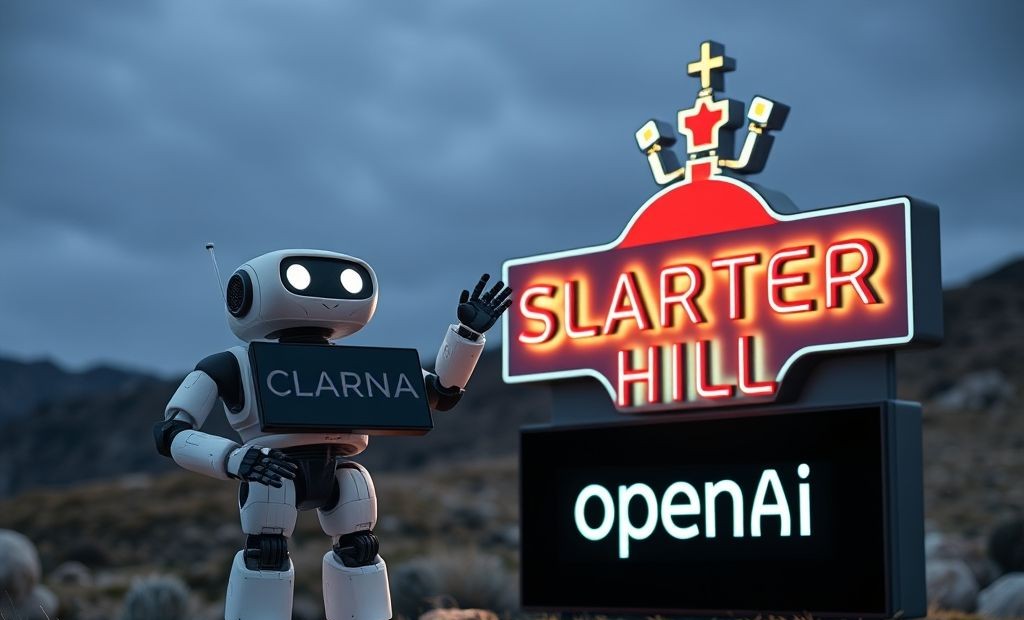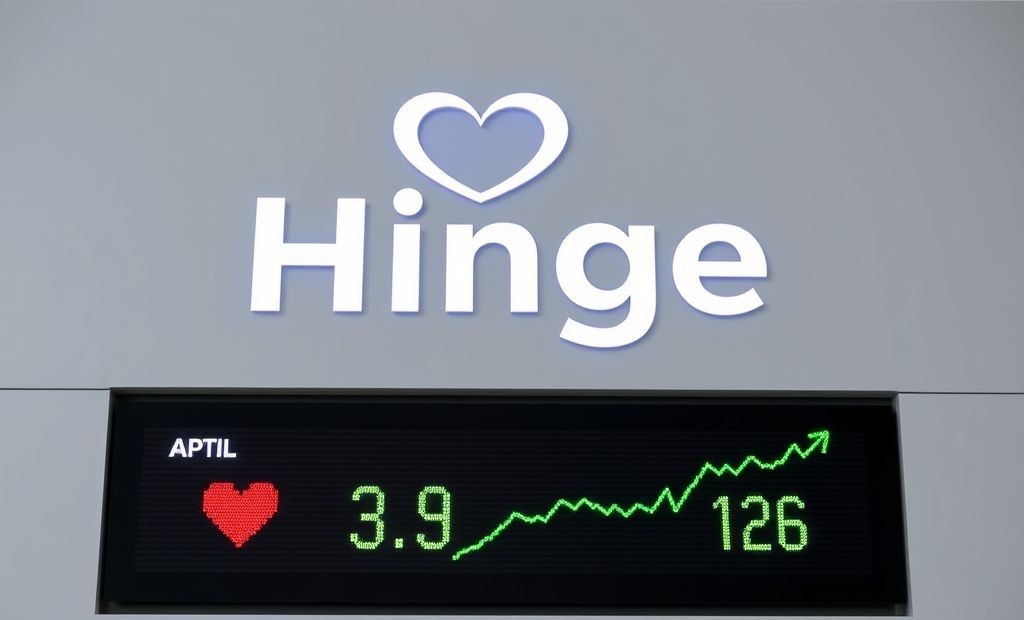Mozilla Discontinues Pocket App Support
Mozilla has announced it will shut down Pocket, its popular read-it-later app, on July 8, 2025. Users will have until October 8, 2025, to export their saved items, after which all user data will be permanently deleted. The Pocket web extension and app were removed on May 22, 2025, but previously installed apps can be re-downloaded until October 8. Subscriptions will be automatically canceled, and prorated refunds issued for annual plans. The Verge
Originally launched in 2007 as Read It Later, Pocket was integrated into Firefox in 2015 and acquired by Mozilla in 2017. Mozilla attributes the shutdown to evolving user habits and plans to reallocate resources to more relevant projects, including AI-powered browser enhancements. Additionally, Mozilla is discontinuing Fakespot, its AI-based fake review detection tool, with the Firefox-integrated Review Checker ending on June 10, 2025. The Verge
Despite these closures, Pocket’s email newsletter, Pocket Hits, will continue under the name “Ten Tabs,” albeit without a weekend edition. Mozilla emphasizes its commitment to developing a more personalized and powerful browser experience. The Verge
For more details, you can read the full announcement here: The Verge.
Impact on Pocket Users
The shutdown will affect many Pocket users. The read-it-later service has been a popular tool for those who want to save articles, videos, and other web content for viewing at a more convenient time.
- Users will need to find alternative solutions for their read-it-later needs.
- Existing saved content may need to be migrated to other platforms.
Alternative Read-It-Later Apps
While Pocket’s departure leaves a gap, several alternatives offer similar functionality:
- Instapaper: A well-established read-it-later app with a focus on readability and organization.
- Evernote: Although primarily a note-taking app, Evernote can effectively save and organize web content.
- Raindrop.io: A versatile bookmarking tool that also functions as a read-it-later service.

Mozilla’s Future Strategy
Mozilla’s decision to shut down Pocket highlights a strategic shift toward focusing on core offerings like Firefox and integrating AI technologies. This move aims to streamline operations and concentrate on areas where Mozilla can deliver the most value.
📌 Why Mozilla Is Shutting Down Pocket
Pocket, originally launched as Read It Later in 2007 and acquired by Mozilla in 2017, will cease operations on July 8, 2025. Users have until October 8, 2025, to export their saved content. Mozilla cites evolving user habits and the need to reallocate resources to more impactful projects as reasons for the shutdown .The Verge
🔄 Strategic Refocus on Firefox and AI
In early 2024, Mozilla announced a strategic realignment to prioritize Firefox and the integration of trustworthy AI. This included scaling back investments in products like Mozilla VPN, Relay, and Hubs, and resulted in layoffs affecting approximately 60 employees . By consolidating efforts, Mozilla aims to enhance the Firefox browser with features such as vertical tabs and smart search, ensuring it remains a competitive and independent choice for users .gHacks Technology NewsArs Technica
📧 Continued Content Curation
Despite discontinuing Pocket, Mozilla will continue offering curated content through its email newsletter, now rebranded as “Ten Tabs.” This ensures users still receive personalized content recommendations, aligning with Mozilla’s commitment to enhancing user experience .BetaNews
🔗 Learn More
For a detailed overview of Mozilla’s decision and future plans, read the full article on The Verge: Mozilla is shutting down Pocket
For more details you can read the original report here.













